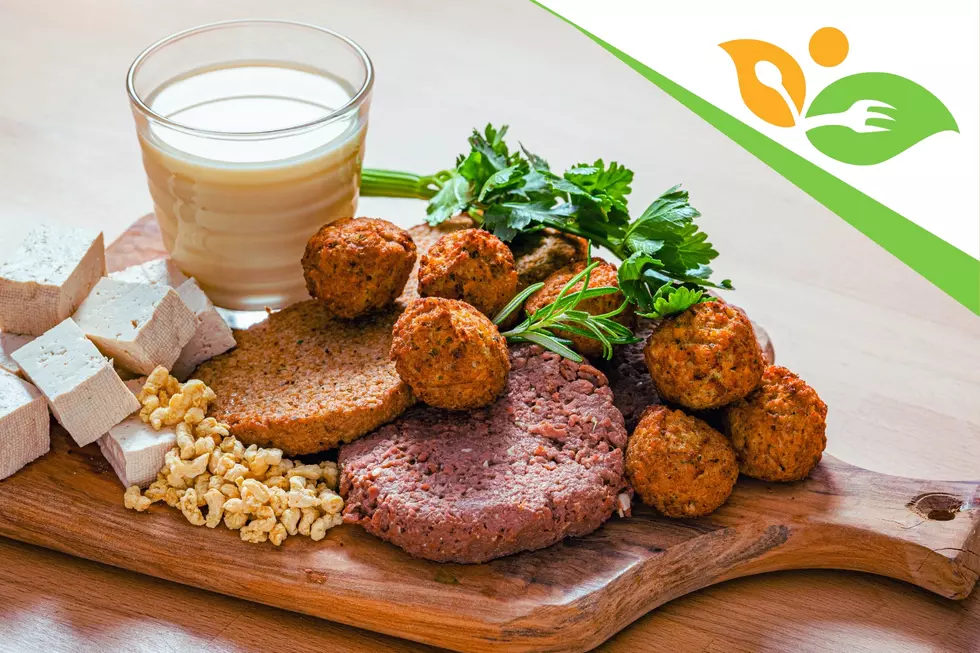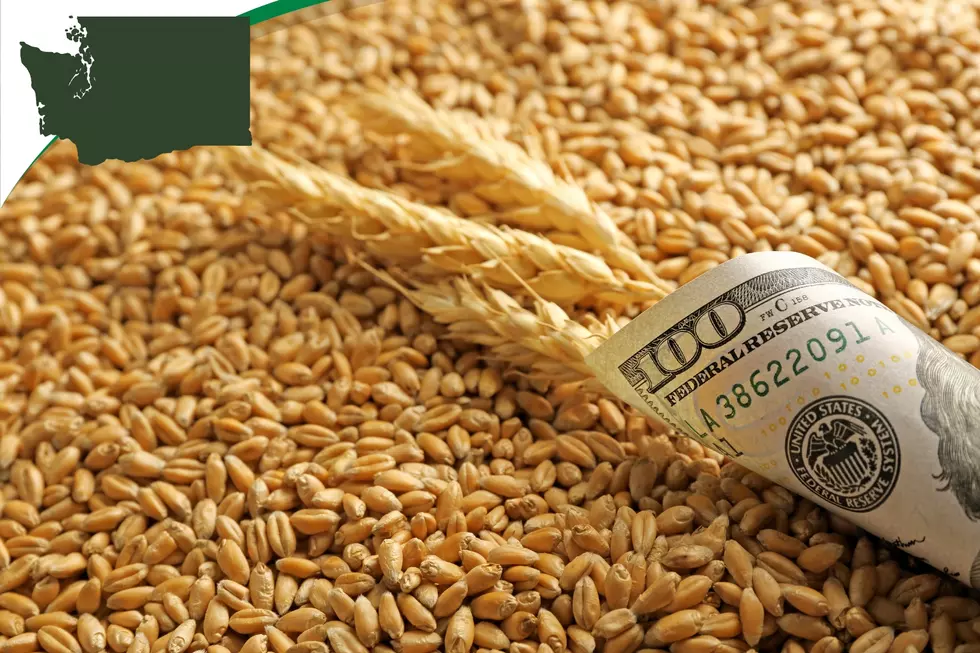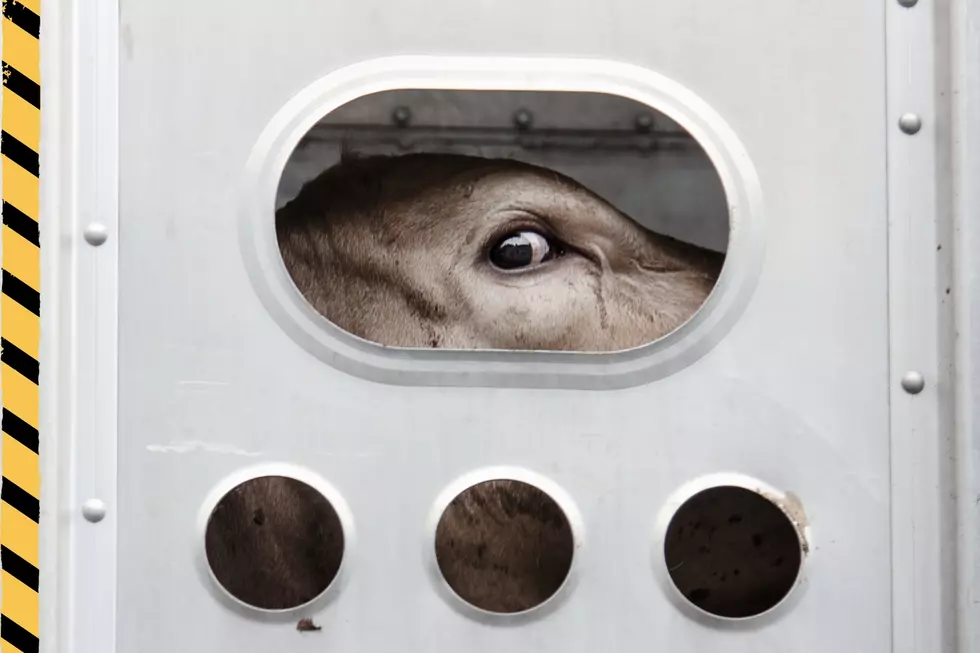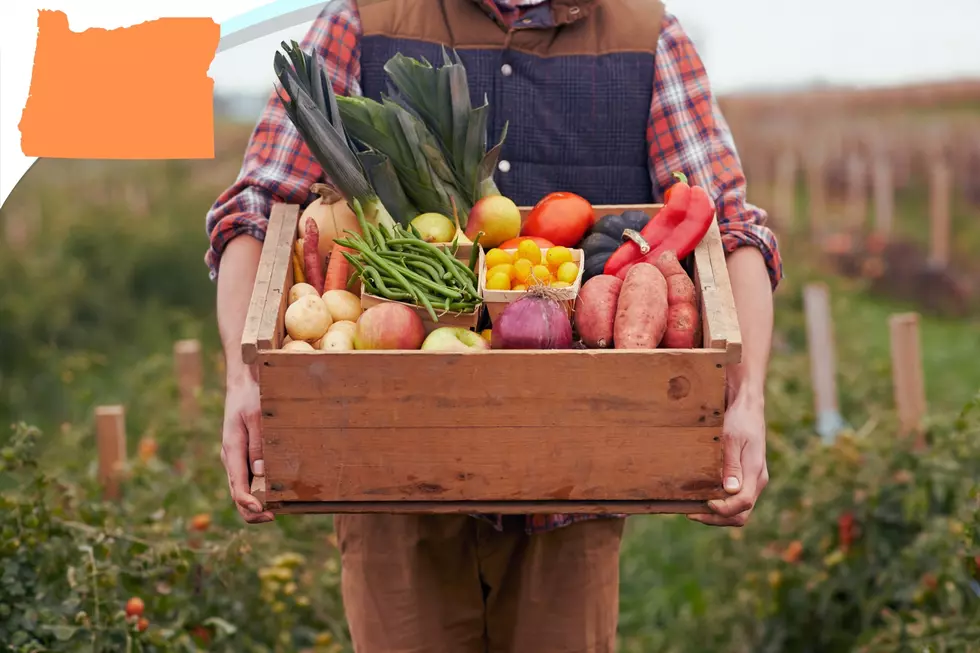
Harvesting Hope: Revealing the Importance of Ag Mental Health
Our producers are constantly expected to do more with less, innovate and improve, raise a family, preserve a legacy—and let's not forget feeding and clothing the world while we're at it. -- Zach Ducheneaux, administrator of the Farm Service Agency, as quoted in The New York Times, "A Death in Dairyland Spurs a Fight Against a Silent Killer"
Content warning: this article discusses issues of mental health including anxiety, depression, and suicidal ideation.
Working in agriculture is incredibly difficult and demanding. Over the years, those demands have always proved a threat to the mental health and well-being of farmers, but in recent years, this issue has become prominent due to accelerating climate and economic changes. While rural areas have less resources available to help deal with mental health crises, there is help available.
Suicide rate among agricultural workers is 3 times higher than general population
In the CDC's report Suicide Rates by Industry and Occupation — National Violent Death Reporting System, 32 States, 2016 (issued 2020), farmers, ranchers, and other agricultural managers were found to have a suicide rate of 43.2 per 100,000 working persons aged 16-64. This is 2.98 times more than the 14.5 per 100,000 suicide rate in the general population. While it is not the highest suicide rate among occupational groups, it is one of the highest and marks a significant point of concern.
Self-blame is a significant factor in suicidal thoughts for farmers
Published in 2021 in the International Journal of Environmental Research and Public Health, An Analysis of Suicide Risk Factors among Farmers in the Midwestern United States (Bjornestad, Cuthbertson, Hendricks) surveyed hundreds of farmers on their mental health, including depression, anxiety, and suicidal ideation. The study found that:
. . . producers have higher rates of depression, anxiety, and suicide risk . . . that this population is in need of public health supports for mental wellbeing. Public health programs could focus on mental health literacy and stress management strategies to reduce self-blame among producers. Considering self-blame was the only variable that had a significant association with suicide risk, the results demonstrate continued need for further investigation of factors related to suicide risk among agricultural producers, specifically the types of self-blame; potential future studies could analyze the relationship of agriculture-specific stressors with suicide risk.
Farmers feeling stress over climate and finances
Almost no industry is subject to whims to weather as agriculture. Climate change is an increasing stress factor for farmers. The EPA reports the top climate change challenges to agriculture as changes in productivity, impact to soil and water resources, and health challenges to both workers and livestock.
Meanwhile, farmers are also struggling with real and projected economic losses. USA Today, in a 2020 investigation into agricultural mental health, pointed out that key commodity prices have plummeted in the past decade, while farm debt jumped by about a third. These are just some of several factors that are seeing farmers across the nation cutting or shutting down operations - and in the process, feeling overwhelmed by thoughts of failure.
Help is available through WSU and various helplines
For those in the Pacific Northwest, WSU Extension offers struggling farmers a variety of services, programming, and one-on-one financial counseling.
The USDA also recommends several agricultural farm stress resources, including the below which are available to farmers in the PNW:
- Farm Aid’s Farmer Hotline: 1-800-FARM-AID (1-800-327-6243)
Monday through Friday from 9am – 9pm ET; 6am – 6pm PT - Western Region Agricultural Stress Assistance Program (WRASAP)
- National Suicide Prevention Lifeline: 1-800-273-TALK (8255) (ENG), 1-888-628-9454 (ESP)
- The 988 Lifeline
- SAMHSA’s National Helpline: 1-800-662-HELP (4357)
If you or someone you know is struggling with mental health issues or farm stress, please seek out these resources to get assistance.
Washington's Top 10 Commodities
Gallery Credit: Danielle Kootman
Oregon's Top 10 Commodities
Gallery Credit: Jaime Skelton
More From PNW Ag Network









